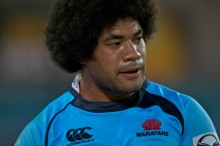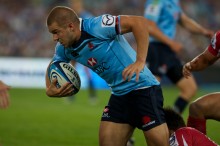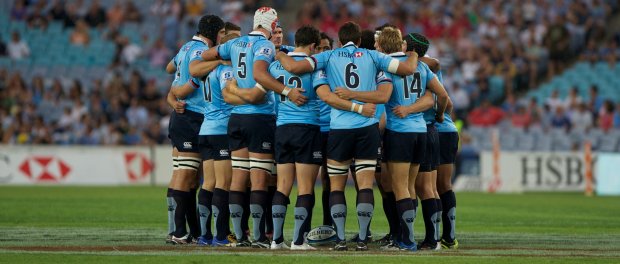2011 was a disappointing year for most Waratahs fans. Not just for the Cheetahs game, nor the completely predictable disaster of the fan forum, but mainly because after the Round 2 shellacking we gave the Reds there was real hope that we had the form and the team to go all the way. The Reds were never beaten as badly again in the whole competition.
But injuries seemed to pop up with such regularity, and almost always to key players, that most fair-minded commentators thought that making the semis was a pretty good result. The last time we had such a bad injury run, the Waratahs ended up bottom four. But a lack of self-belief led to the adoption og a conservative game plan for the semi against the Blues, who were ripe for the taking, and we were out of it.
2011 is gone and 2012 pre-season training has just started. So hope rises again that the Waratahs will finally go all the way. But the gulf between making and winning a semi-final is wide. If the Tahs are to win there must be some fundamental changes. Here are five things I want to see change for next year:

1. Playing and selecting as a squad of 35, not a team of 15: This is the most important mindset change that must be made. Chris Hickey had a policy of choosing the best 15 and playing them every week till they got injured. Like our national coach, he didn’t use the bench much either. Surprise, surprise: when injuries started to occur it always seemed like it was our best players who went down. t the end of the season about ten of our first-choice 15 were crocked. Yet even so, we played outstanding rugby against the Highlanders in the last round, which says that we did have much more depth than the coach gave us credit for.
Link, after his experience in France with a long season and a bigger squad, tended to select his team more wisely. Genia and Cooper played too much, but the rest of the Reds squad tended to get rotated around, either through early use of the bench or putting top players on the bench in easier games. Link copped a bagful of criticism for this after losing against the Hurricanes, but in the long run it proved to be the right strategy.
So what I want to see this year is for the whole squad, all 35, being used regularly as starters or bench players. Most bench players should be getting 20 minutes. This can be done by mapping out the season in blocks of four games and then shadow planning selections as each block comes close. No player would play more than 240 minutes over the block. Likely harder teams would have the best team on the park; easier teams would see key players put on the bench or rested. Now as the weeks go by and players get injured you’ve got a smaller pool to select from, so some would have to go over the 240 as the season progresses.
This change necessitates putting trust in your whole squad, and doing so will lift the individuals, who will rise to the chance to press their claims. The performance of Tapuai for the Reds in the last few games of 2011 was a revelation — maybe one or more of Foley, Pakalani, L. Timani or Peterson will be our 2012 success story. But at the end of sixteen matches you should have all the squad playing regularly unless injured, everyone knowing the systems and able to step in seamlessly when injuries strike. They won’t be just trained up; they’ll also have match play fitness. They’ll be far fresher because of the reduced playing load and there will be fewer injuries overall, if the connection between fatigue and injury susceptibility is forestalled.

2. Bringing Mitchell in to 15 to replace Beale: Losing Kurtley was a disaster – he is a once-in-a-generation player, like Larkham, Ella and Eales. But he’s gone for two years at least. The closest player to him in the team, and the best equipped to take his role, is Mitchell. He played fullback earlier in his career but was flaky, and you either got brilliance or disaster – too often the latter. That was then, this is now. Mitchell has matured into one of the best attacking runners in the world, he’s good on kick receipt, has a booming punt and needs to be closer to the action where Barnes can feed him and set him free. AAC is safe and dependable but lacks the spark to set the game alight and the passing skills to put his support players away. He needs to play on the wing, where he can inject himself in the 9–10 channel to provide an extra attacking option (as Ioane does for the Reds).
Changing to a squad mindset and moving Drew to 15 are necessary but not enough. In part two, three other key changes relating to team performance will be addressed: backline mode of play, regaining forward dominance and playing with urgency.


